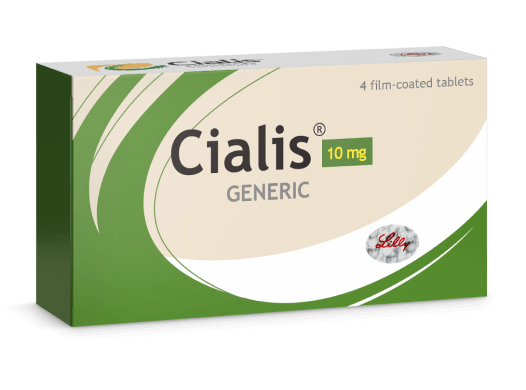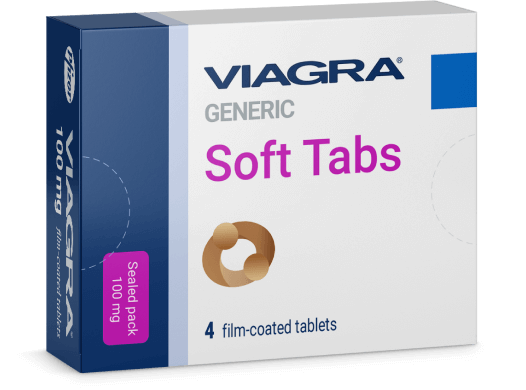
Understanding Antikoagulancia: Use, Benefits, and Risks
Antikoagulancia are a class of medications that play a crucial role in modern medicine, particularly in the management of various cardiovascular conditions. These drugs work by reducing the blood’s ability to clot, thereby preventing the formation of harmful blood clots. If you are looking for more detailed information, visit Antikoagulancia https://liekprekazdeho.sk/antikoagulancia/. Here, we will delve into what antikoagulancia are, their mechanisms of action, and the potential risks and benefits associated with their use.
What are Antikoagulancia?
Antikoagulancia, commonly referred to as anticoagulants, are a category of medication that inhibits the coagulation (clotting) process of blood. They are primarily used to prevent and treat thrombosis, which is the formation of blood clots that can lead to serious conditions like stroke, heart attack, and deep vein thrombosis (DVT). Antikoagulancia can be categorized into two main types: direct acting anticoagulants (DOACs) and vitamin K antagonists.
Types of Antikoagulancia
1. Vitamin K Antagonists
The most commonly known vitamin K antagonist is warfarin. Warfarin works by inhibiting the action of vitamin K, an essential component in the synthesis of clotting factors in the liver. This leads to a decrease in the production of clotting factors II, VII, IX, and X, which ultimately reduces the blood’s ability to clot. Monitoring patient’s INR (International Normalized Ratio) levels is crucial while on warfarin to ensure the effectiveness and safety of the medication.
2. Direct Acting Anticoagulants (DOACs)
DOACs, including drugs like rivaroxaban, apixaban, and dabigatran, target specific components of the coagulation cascade, providing a more predictable anticoagulant effect. Unlike warfarin, DOACs do not require frequent INR monitoring, making them a preferred option for many patients. These medications directly inhibit specific clotting factors or thrombin, leading to a more immediate action in preventing clot formation.
Mechanism of Action
The mechanism of action of antikoagulancia varies by type, but the ultimate goal is the attenuation of the blood coagulation process. Vitamin K antagonists interfere with the synthesis of vitamin K-dependent clotting factors, while DOACs inhibit active clotting factors directly. This process ultimately increases the time it takes for blood to clot, aiding in the prevention of clot formation in high-risk individuals.

Indications for Use
Antikoagulancia are indicated in various clinical scenarios. These include:
- Preventing thromboembolic events in patients with atrial fibrillation.
- Treatment and secondary prevention of deep vein thrombosis and pulmonary embolism.
- Management of myocardial infarction and unstable angina.
- Prophylaxis against thromboembolism in patients undergoing certain surgical procedures.
Benefits of Antikoagulancia
The primary benefit of antikoagulancia is their ability to effectively reduce the risk of blood clots, thereby preventing serious and potentially life-threatening complications. They are especially crucial in managing patients with elevated risks of clot formation due to their medical history or current conditions. Furthermore, the introduction of DOACs has provided alternatives with easier dosing regimens and fewer dietary restrictions compared to traditional agents.
Risks and Side Effects
While antikoagulancia provide significant benefits, they also come with a risk of bleeding complications, which can be severe or even fatal. Some common side effects include:
- Increased risk of bruising and bleeding.
- Gastrointestinal bleeding.
- Hemorrhagic stroke, although rare.
It’s essential for patients on antikoagulancia to have regular follow-ups with their healthcare provider and to be counseled on recognizing signs of bleeding.
Monitoring and Management
Management of patients on antikoagulancia is vital to ensure therapeutic effectiveness and minimize risks. Routine monitoring of INR levels is essential for patients on vitamin K antagonists, while DOACs usually require less frequent monitoring. Educating patients about adhering to prescribed regimens and recognizing symptoms of potential complications is equally important for optimal care.
Conclusion
Antikoagulancia represent a critical component in the prevention and management of thromboembolic diseases. Their effective use requires a comprehensive understanding of the individual patient’s risk factors, adherence to monitoring protocols, and awareness of potential side effects. With advancements in anticoagulant therapy, patients have more options than ever, leading to better outcomes in the management of cardiovascular conditions.